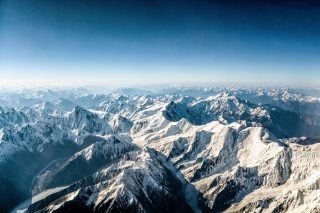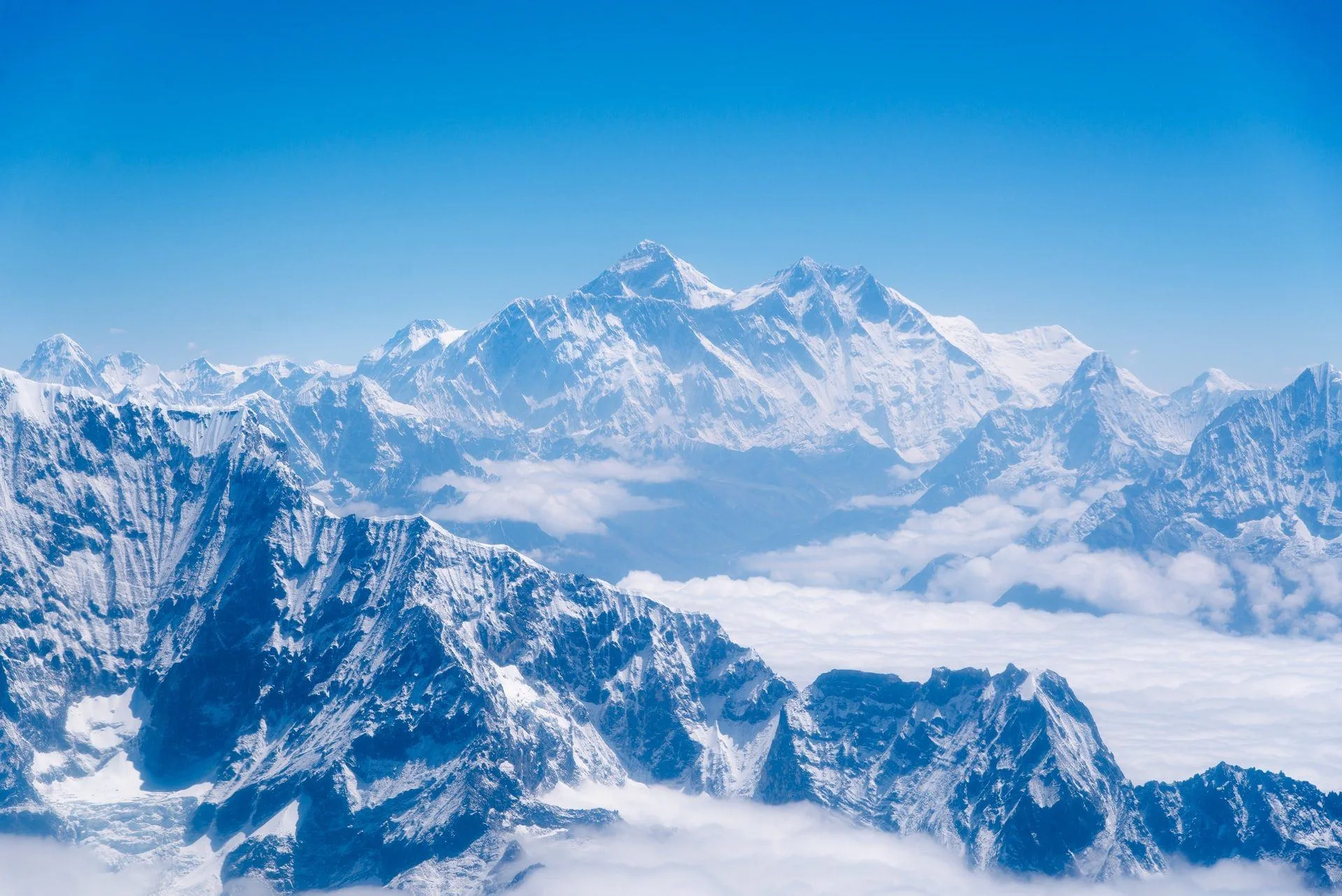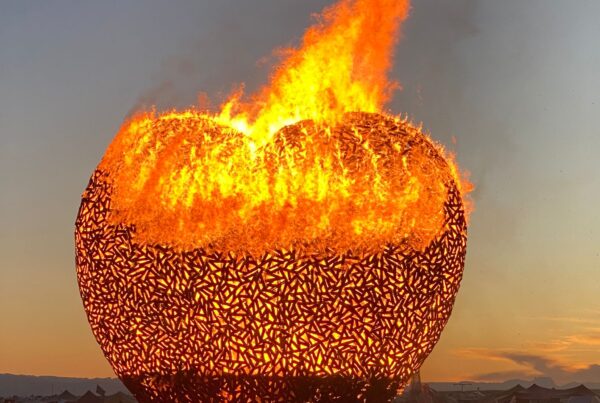Once again proving the very real effects of climate change, a recent study has revealed that ice that took nearly 2000 years to form at the highest glacier on the Earth’s highest mountain, has begun to melt at an alarming pace.
Is Mount Everest slowly melting?
In 2019, the National Geographic and Rolex Perpetual Planet Everest Expedition saw a team of 10 scientists journey to Mount Everest’s South Col Glacier (SCG).
During the undertaking, the researchers extracted an ice core from the SCG at a height greater than 1 000m (3,200ft) – the highest ever collected. To better understand ice loss, the researchers used weather stations, satellite imagery, and other records.
Bye-bye to the ice
“Now, we have the evidence that even the highest glacier on the highest mountain in the world is rapidly losing its ice.” – Paul Mayewski, climate scientist
According to the findings, published in the Nature Portfolio Journal of Climate and Atmospheric Science, climate change has reached Earth’s highest point, and since the 1990s, ice that took around 2 000 years to form has melted away.
The researchers found that as SCG ice became regularly exposed, around 55 meters of glacier thinning was estimated to have happened in a quarter-century. This means that the ice is thinning 80 times faster than the nearly 2000 years it took to form the glacier’s ice.
As such, the researchers concluded that “several decades of accumulation may be lost on an annual basis now that glacier ice has been exposed.”
The future of the mountain
The rate at which Mount Everest is melting could definitely make the climbing of the mountain more challenging.

Photo by Jeremy Bezanger on Unsplash
Moreover, millions of people depend on the Himalayan mountain range for drinking water. If more and more glaciers begin to melt, access to drinking water, as well as irrigation, could significantly decline.
While the idea of the highest mountain in the world melting is a scary one, Mr. Mayewski says this is a “real wake-up call.” The reality is that we need to find ways to combat the realities of climate change, especially when it can significantly impact remote and isolated areas.
Want to know more?
Ghana has development plans that aim to promote and develop the country’s rich renewable energy resources. As such, The Board of Directors of the African Development Fund has approved a $27.39 million grant to Ghana for the development of renewable energy investments in the mini-grid and net metering space.
References
Potocki, M., Mayewski, P.A., Matthews, T. et al. (20220). Mt. Everest’s highest glacier is a sentinel for accelerating ice loss. npj Clim Atmos Sci 5, 7. https://doi.org/10.1038/s41612-022-00230-0



![women [longevity live]](https://longevitylive.com/wp-content/uploads/2020/01/photo-of-women-walking-down-the-street-1116984-100x100.jpg)










